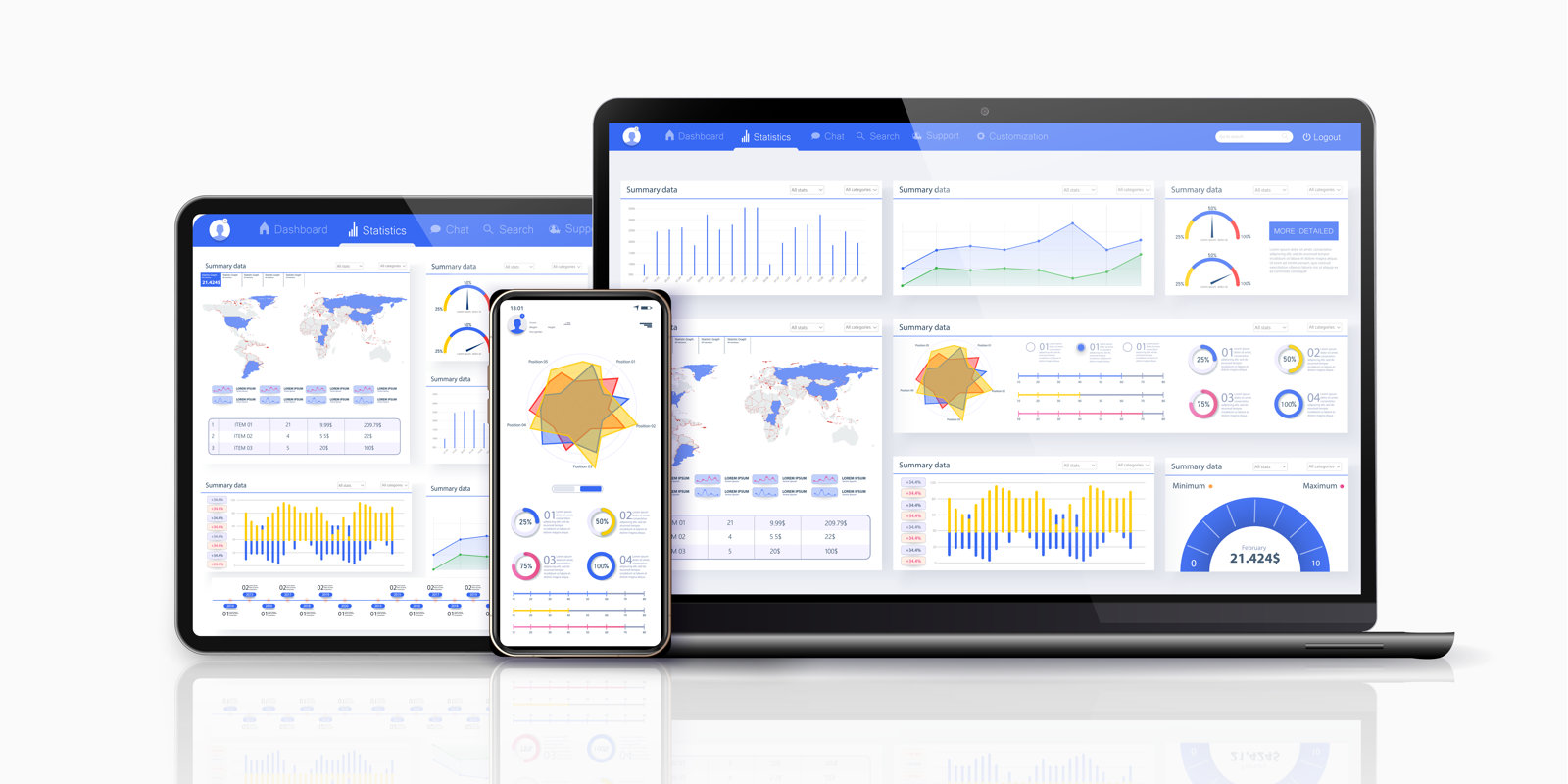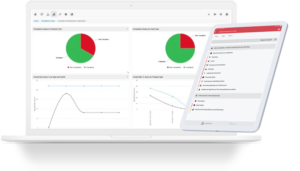14 Oct

Compliance Management – Is it possible to save time without compromising on quality whilst maintaining compliance levels?
The goal of Compliance Management is to reduce an organisation’s overall risk of non-compliance with the legal, regulatory, and industry standards that apply to the business.
02 Oct

Risk Management – Is it possible to save time without compromising on quality?
Risk management can be defined as a process utilised to identify, evaluate, and prioritise risk (defined in ISO 31000 as the effect of uncertainty on objectives); it is a coordinated and economical use of resources to minimise, monitor, and control
14 Sep

Risk Assessments, Going Digital
What are the benefits of switching to a fully automated digital platform? When it comes to conducting a risk assessment, the principles are simple enough. In theory, there are 5 steps:
28 May

Risk Assessment Template Examples
5 Steps To All Risk Assessment Templates - A risk assessment template can assist you to keep a simple record of who might be harmed and how, what you're already doing to control the risks, any further action required to
20 May

Risk Management Plan
A risk management plan is a written document that details foreseeable risks and responses to those risks in order to be understood and managed proactively.
23 Apr

What is a Risk Assessment?
The purpose of a risk assessment is to look at your workplace or surroundings to identify situations, things and processes that may cause harm, in particular to people.
22 Apr

Risk assessment example
There are numerous risk assessment examples like fire risk assessment, HSE risk assessment, COVID 19 risk assessment and many more.
21 Apr

Risk Management Process
The risk management process is an ongoing process or framework of first identifying risks, treating, and then managing risks. There are five basic steps that are taken to manage risk; also referred to as the risk management process.


